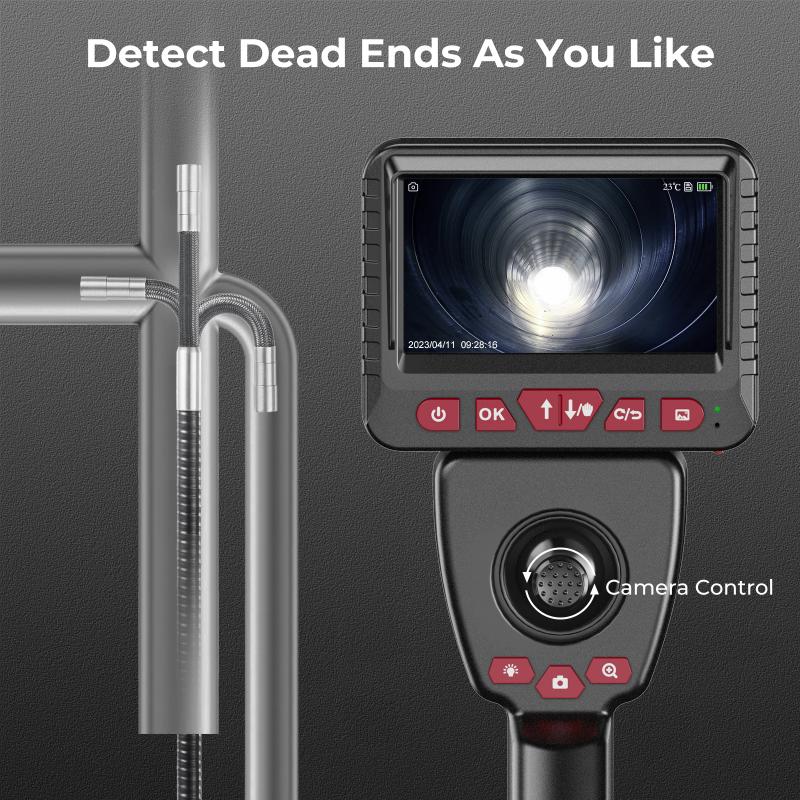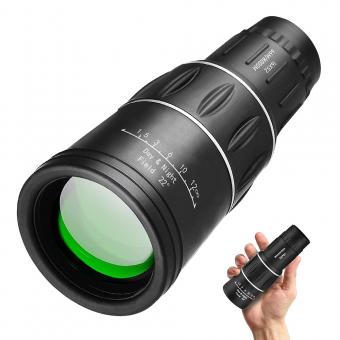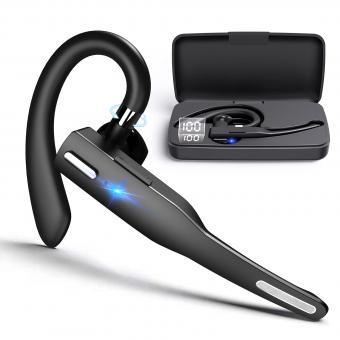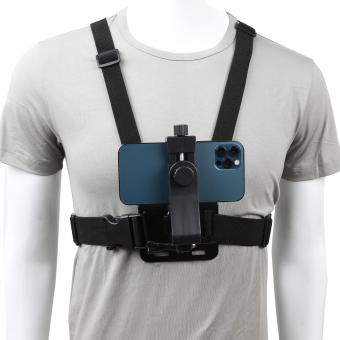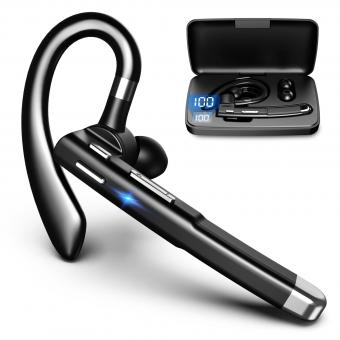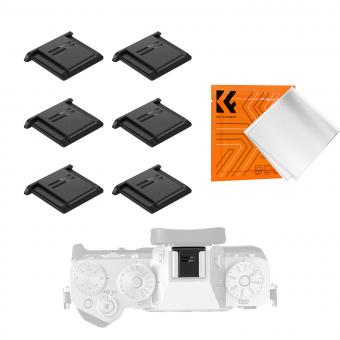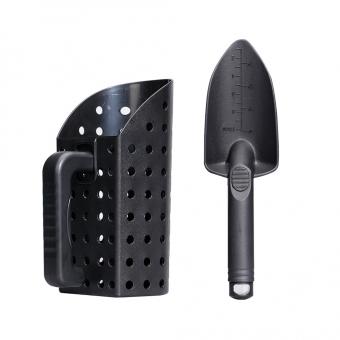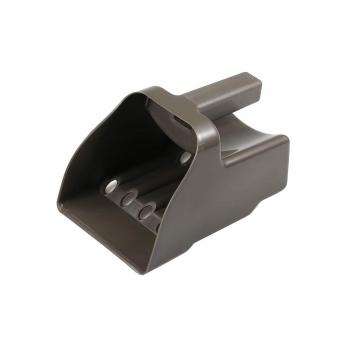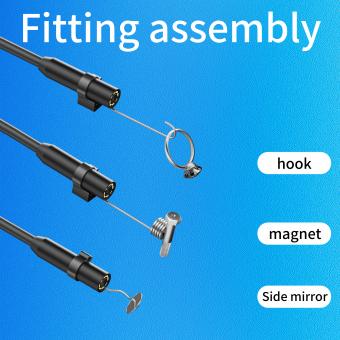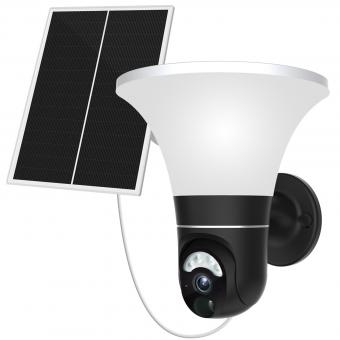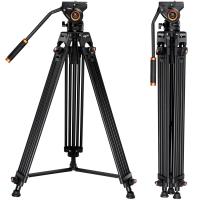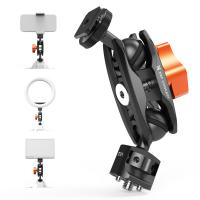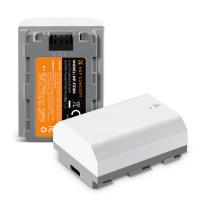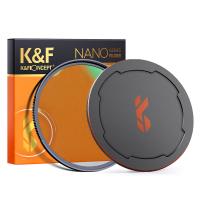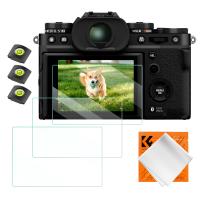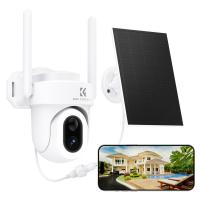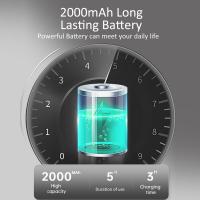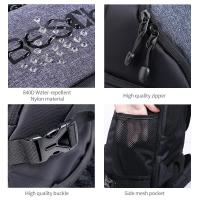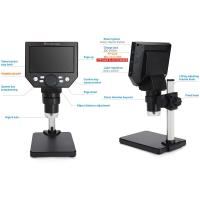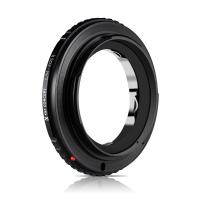How Long Does And Endoscope Take ?
The duration of an endoscopy procedure can vary depending on the specific type of endoscopy being performed and the individual patient's circumstances. Generally, an endoscopy can take anywhere from 15 minutes to an hour or more. The time required may also depend on factors such as the complexity of the procedure, the area of the body being examined, and the need for any additional interventions or treatments during the procedure. It is important to note that these time estimates are approximate and can vary in different cases.
1、 Endoscope insertion time
The duration of an endoscope procedure, specifically the endoscope insertion time, can vary depending on several factors. These factors include the type of endoscopy being performed, the complexity of the procedure, the patient's condition, and the experience of the medical professional conducting the procedure.
In general, endoscope insertion time can range from a few minutes to around half an hour. For routine procedures such as upper gastrointestinal endoscopy or colonoscopy, the insertion time is usually relatively quick, taking around 5-15 minutes. These procedures involve passing the endoscope through the mouth or anus, respectively, to examine the upper digestive tract or colon.
However, more complex endoscopic procedures, such as endoscopic retrograde cholangiopancreatography (ERCP) or endoscopic ultrasound (EUS), may take longer. These procedures involve navigating the endoscope through the digestive system to access and treat specific areas, such as the bile ducts or pancreas. The insertion time for these procedures can range from 20 minutes to an hour or more, depending on the complexity of the case.
It is important to note that while endoscope insertion time is a crucial aspect of the procedure, the overall duration of the endoscopy includes other steps such as the examination, diagnosis, and any necessary interventions. Therefore, the total time spent in the endoscopy unit can vary significantly.
Advancements in endoscopic technology and techniques have also contributed to reducing the overall procedure time. For instance, the development of slim and flexible endoscopes has made it easier to navigate through the digestive system, potentially reducing insertion time. Additionally, the use of sedation or anesthesia during the procedure can help improve patient comfort and cooperation, leading to smoother and quicker endoscope insertion.
It is important to consult with a healthcare professional to get accurate information about the expected duration of a specific endoscopic procedure, as it can vary depending on individual circumstances.
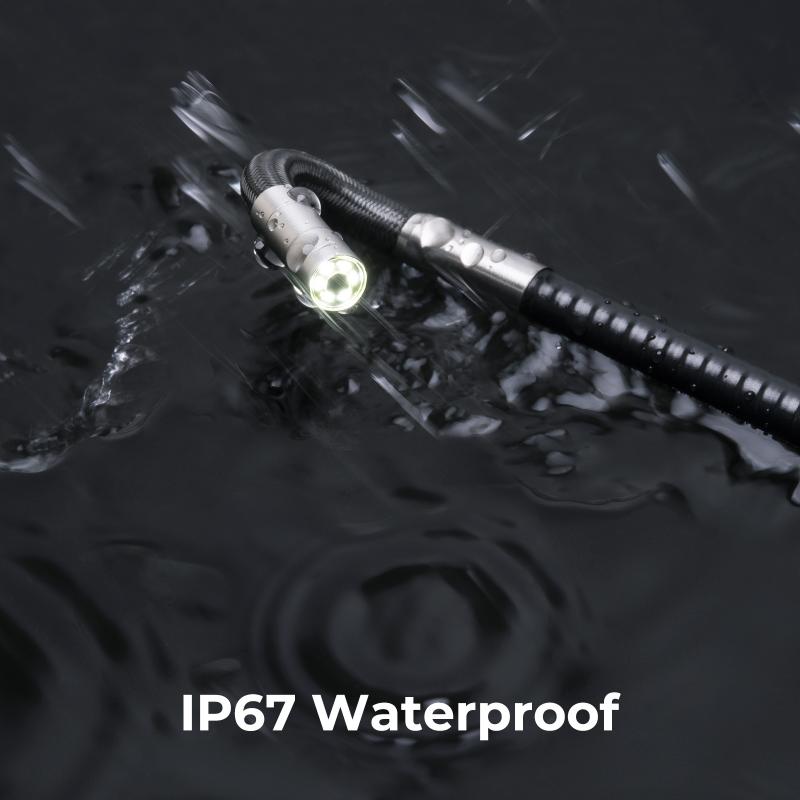
2、 Endoscope examination duration
The duration of an endoscope examination can vary depending on several factors. Generally, the procedure itself takes around 15 to 30 minutes to complete. However, the overall duration can be longer due to preparation and recovery time.
Before the examination, the patient may need to fast for a certain period of time to ensure the stomach is empty. Additionally, sedation or anesthesia may be administered to help the patient relax and minimize discomfort during the procedure. The time required for these preparations can range from 30 minutes to an hour.
During the examination, the endoscope, a flexible tube with a light and camera attached to it, is inserted through the mouth or rectum to visualize the gastrointestinal tract or other organs. The doctor carefully guides the endoscope and examines the area of interest. The actual examination typically takes between 15 to 30 minutes, but it can be longer if additional procedures, such as biopsies or polyp removal, are performed.
After the examination, the patient is monitored for a short period of time until the sedation wears off. This recovery time can vary, but it usually takes around 30 minutes to an hour. The patient may experience some temporary side effects, such as a sore throat or bloating, which typically resolve within a few hours.
It is important to note that these timeframes are approximate and can vary depending on the individual case, the complexity of the examination, and the patient's response to sedation. It is best to consult with a healthcare professional for specific information regarding the duration of an endoscope examination in a particular situation.
In recent years, there have been advancements in endoscopic technology that aim to reduce examination time and improve patient comfort. For example, the development of high-definition imaging and better maneuverability of endoscopes has allowed for more efficient and accurate examinations. Additionally, the use of artificial intelligence and computer-aided detection systems may help in real-time analysis of endoscopic images, potentially reducing the need for additional procedures and shortening examination duration.
Overall, while the average duration of an endoscope examination is around 15 to 30 minutes, it is important to consider the entire process, including preparation and recovery time. The latest advancements in endoscopic technology continue to improve the efficiency and effectiveness of these examinations, ultimately benefiting patients and healthcare providers alike.
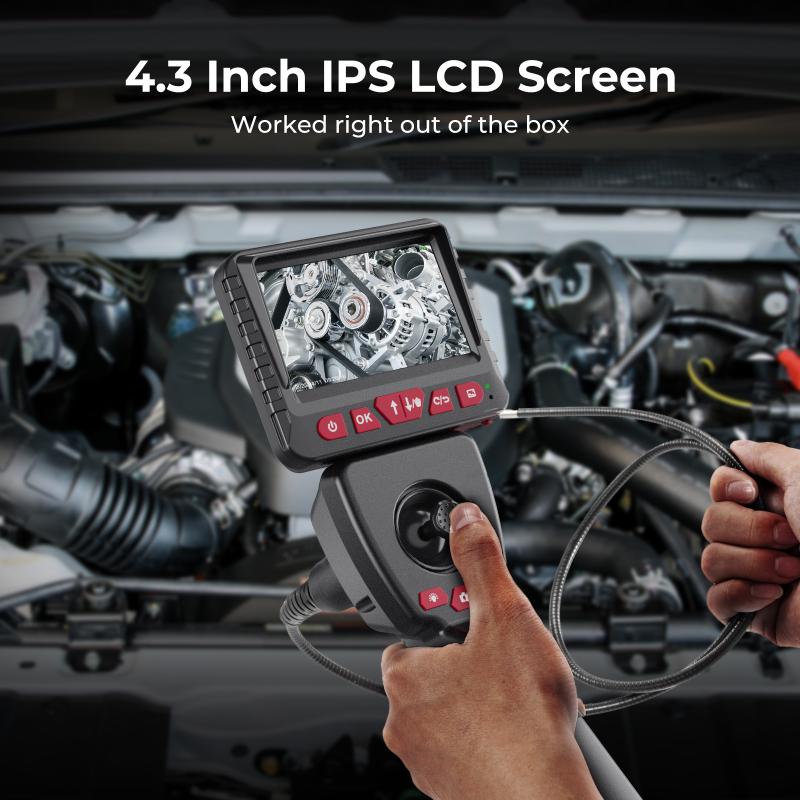
3、 Endoscope procedure length
The length of an endoscope procedure can vary depending on several factors, including the specific type of endoscopy being performed and the individual patient's condition. Generally, an endoscope procedure can take anywhere from 15 minutes to an hour or more.
For example, a routine upper gastrointestinal (GI) endoscopy, which involves examining the esophagus, stomach, and upper part of the small intestine, typically takes around 15 to 30 minutes. On the other hand, a colonoscopy, which involves examining the large intestine, can take anywhere from 30 minutes to an hour or longer, depending on the complexity of the procedure.
It's important to note that these time estimates are for the actual procedure itself and do not include the time required for preparation and recovery. Prior to the procedure, patients may need to undergo fasting, bowel preparation, and sedation, which can add several hours to the overall process.
Advancements in technology have also contributed to reducing the time required for endoscope procedures. For instance, the development of high-definition imaging systems and more flexible endoscopes has improved visualization and maneuverability, allowing for quicker and more efficient examinations.
However, it's crucial to prioritize patient safety and thoroughness over speed. Endoscope procedures should be performed carefully and meticulously to ensure accurate diagnosis and treatment. Therefore, the duration of the procedure may vary depending on the individual circumstances and the expertise of the medical team.
In conclusion, the length of an endoscope procedure can range from 15 minutes to an hour or more, depending on the type of endoscopy being performed and the patient's condition. The latest advancements in technology have helped to streamline the process, but the focus should always be on providing a comprehensive examination while ensuring patient safety.
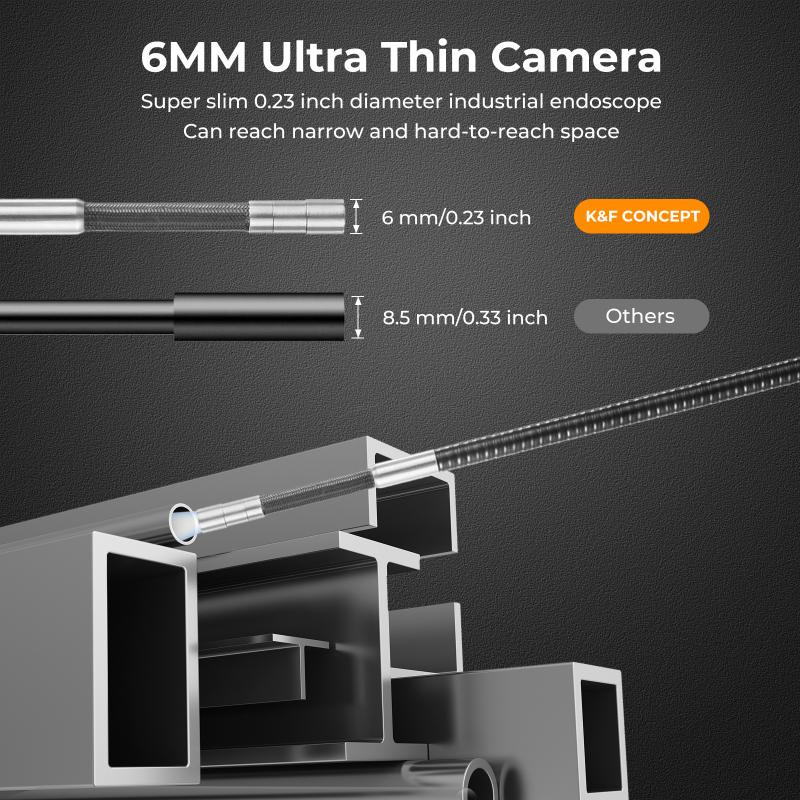
4、 Endoscope withdrawal time
The duration of endoscope withdrawal time can vary depending on several factors, including the type of procedure being performed, the complexity of the case, and the skill of the endoscopist. Generally, the withdrawal time refers to the time it takes for the endoscope to be slowly removed from the body after the examination or intervention is completed.
For routine diagnostic procedures such as upper gastrointestinal endoscopy or colonoscopy, the withdrawal time is typically around 10-20 minutes. However, for more complex interventions or therapeutic procedures, the withdrawal time may be longer. In these cases, the endoscopist may need to carefully navigate through the gastrointestinal tract, perform interventions such as polyp removal or tissue sampling, and ensure that the procedure is completed safely and effectively.
It is important to note that the duration of endoscope withdrawal time should not be the sole indicator of the quality of the procedure. The focus should be on achieving thorough examination, accurate diagnosis, and appropriate interventions, rather than rushing through the withdrawal process.
In recent years, there has been increasing emphasis on the concept of "slow withdrawal" during endoscopy. This approach involves taking more time during the withdrawal phase to carefully inspect the mucosal lining, identify any abnormalities, and improve the detection rate of lesions such as polyps or early cancers. Several studies have suggested that a longer withdrawal time, especially during colonoscopy, is associated with higher adenoma detection rates and improved patient outcomes.
In conclusion, the duration of endoscope withdrawal time can vary depending on the specific procedure and clinical circumstances. While there is no fixed time frame, it is important for endoscopists to prioritize thorough examination and appropriate interventions rather than focusing solely on the duration of withdrawal. The concept of slow withdrawal has gained recognition as a means to improve lesion detection rates and patient outcomes.
